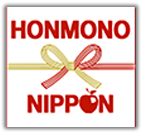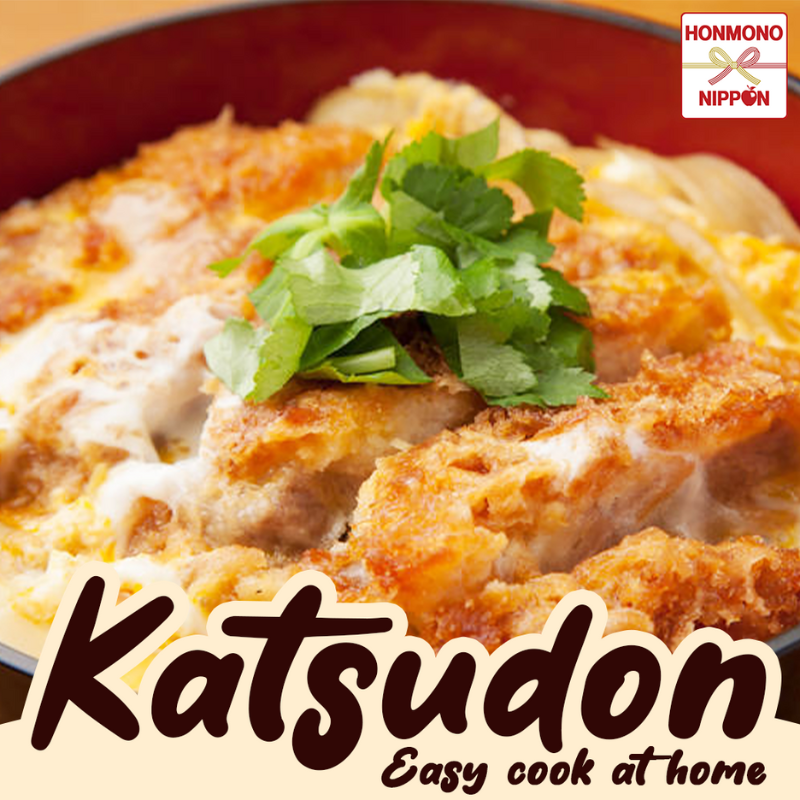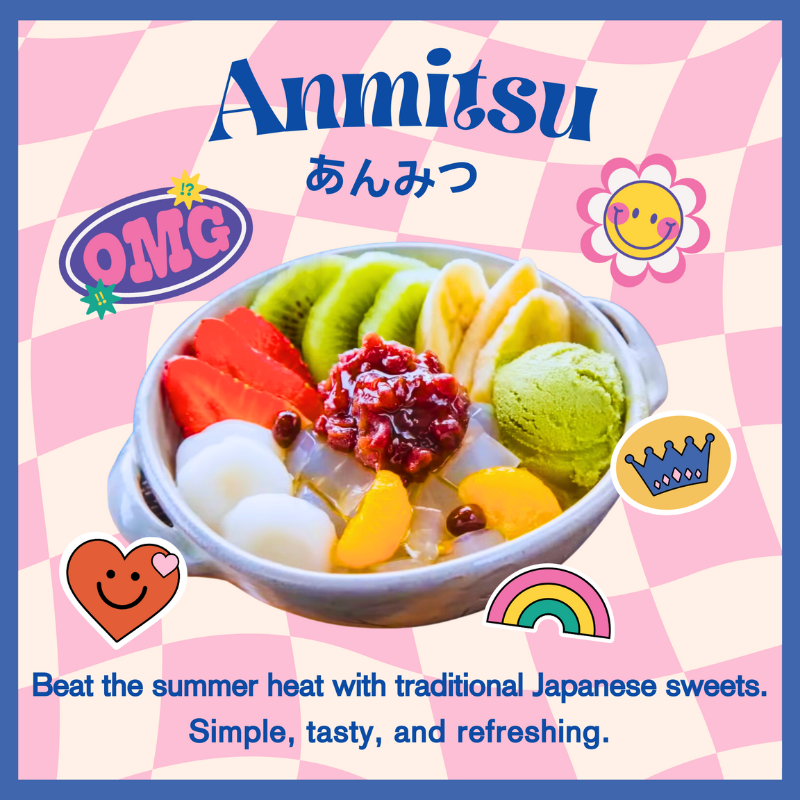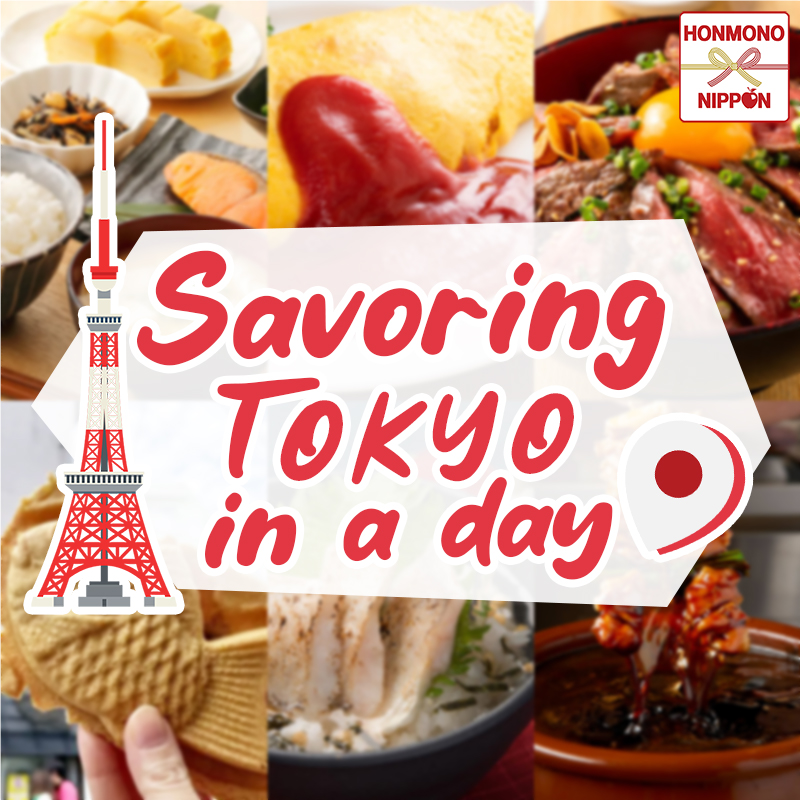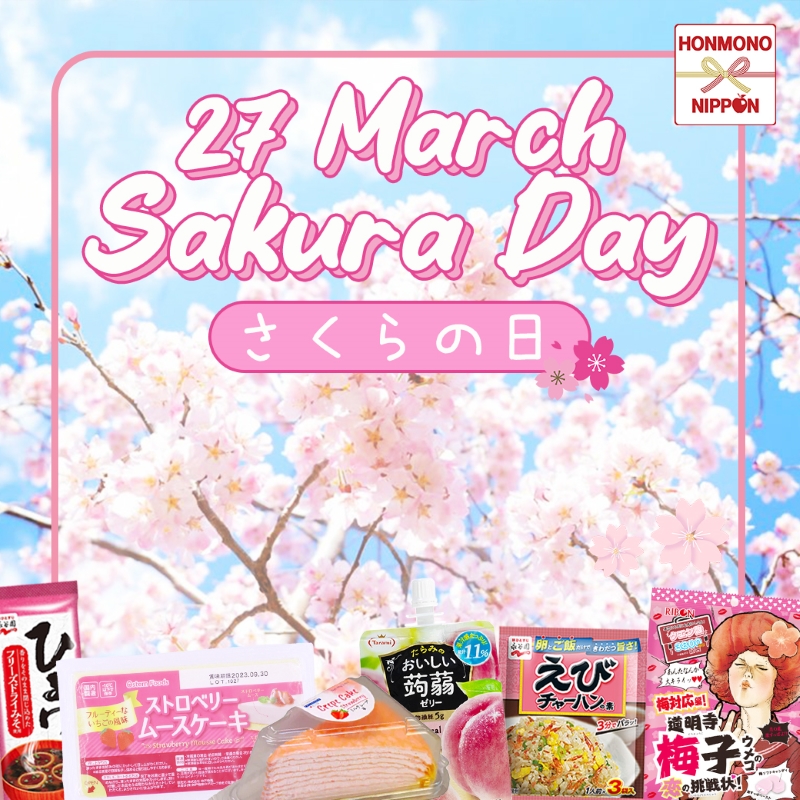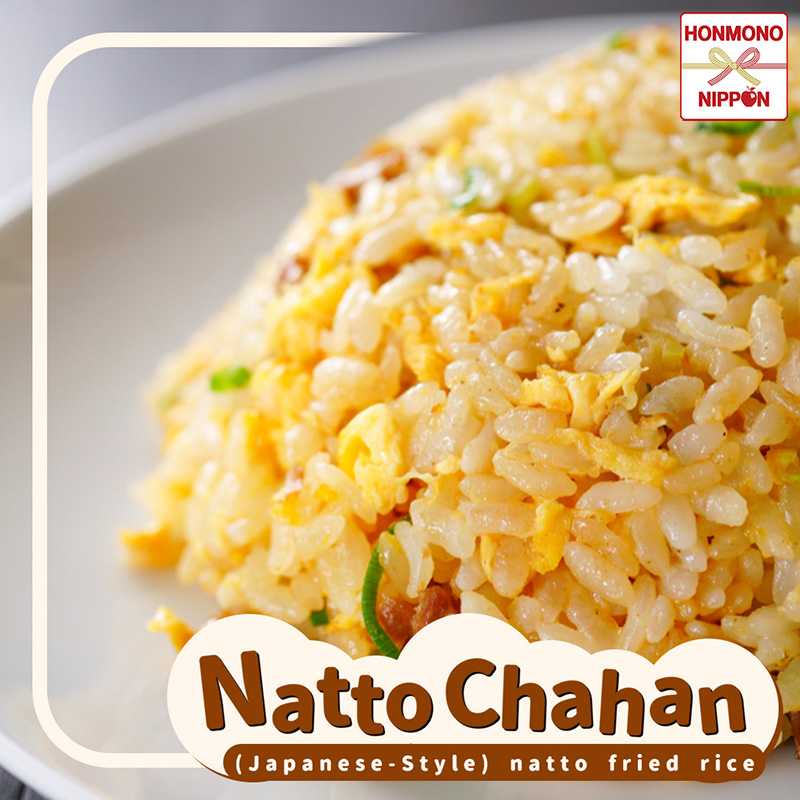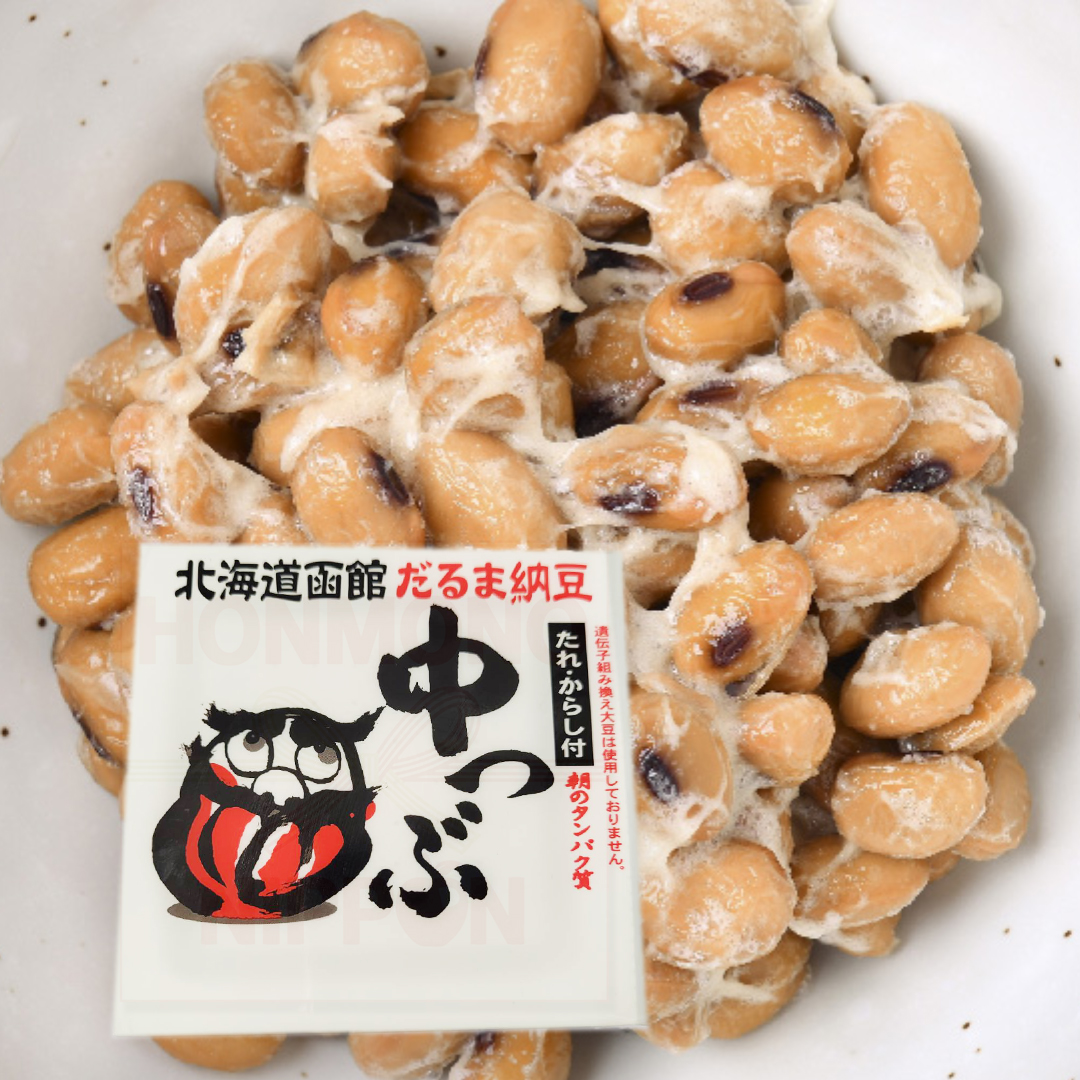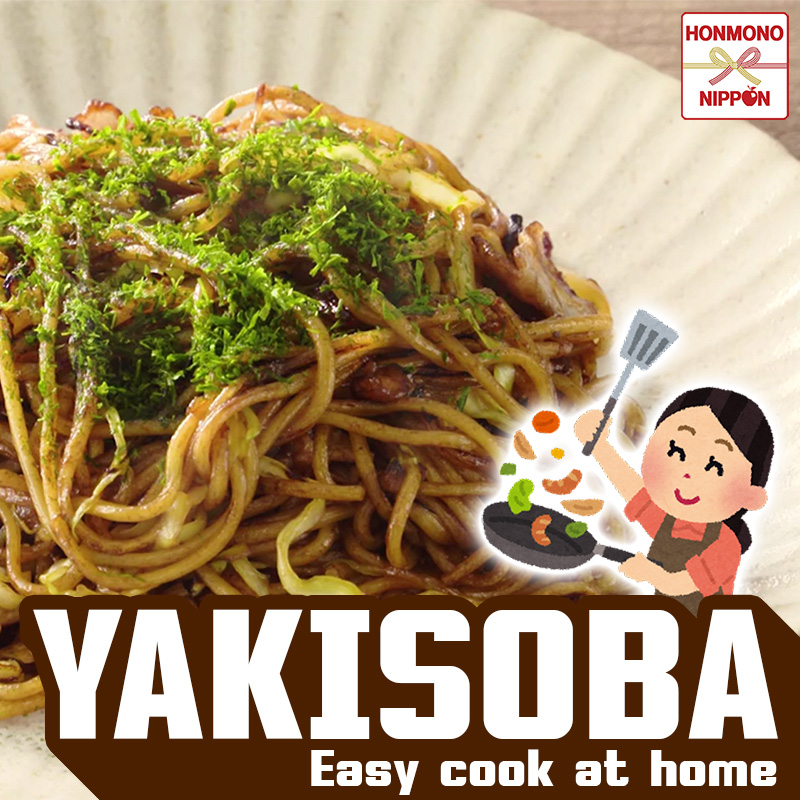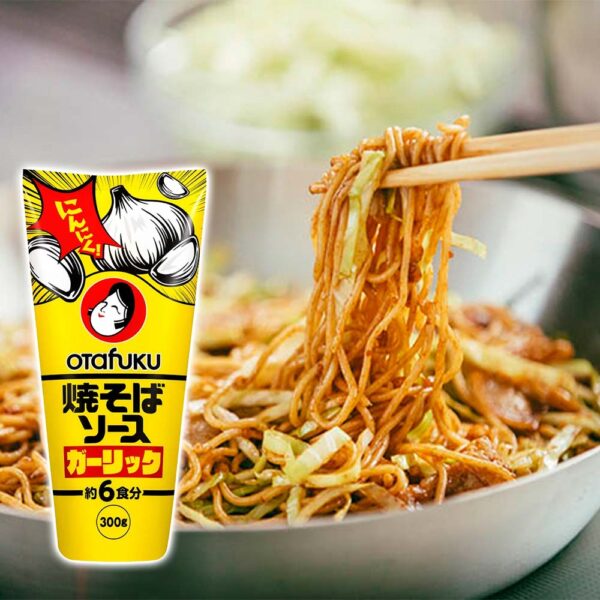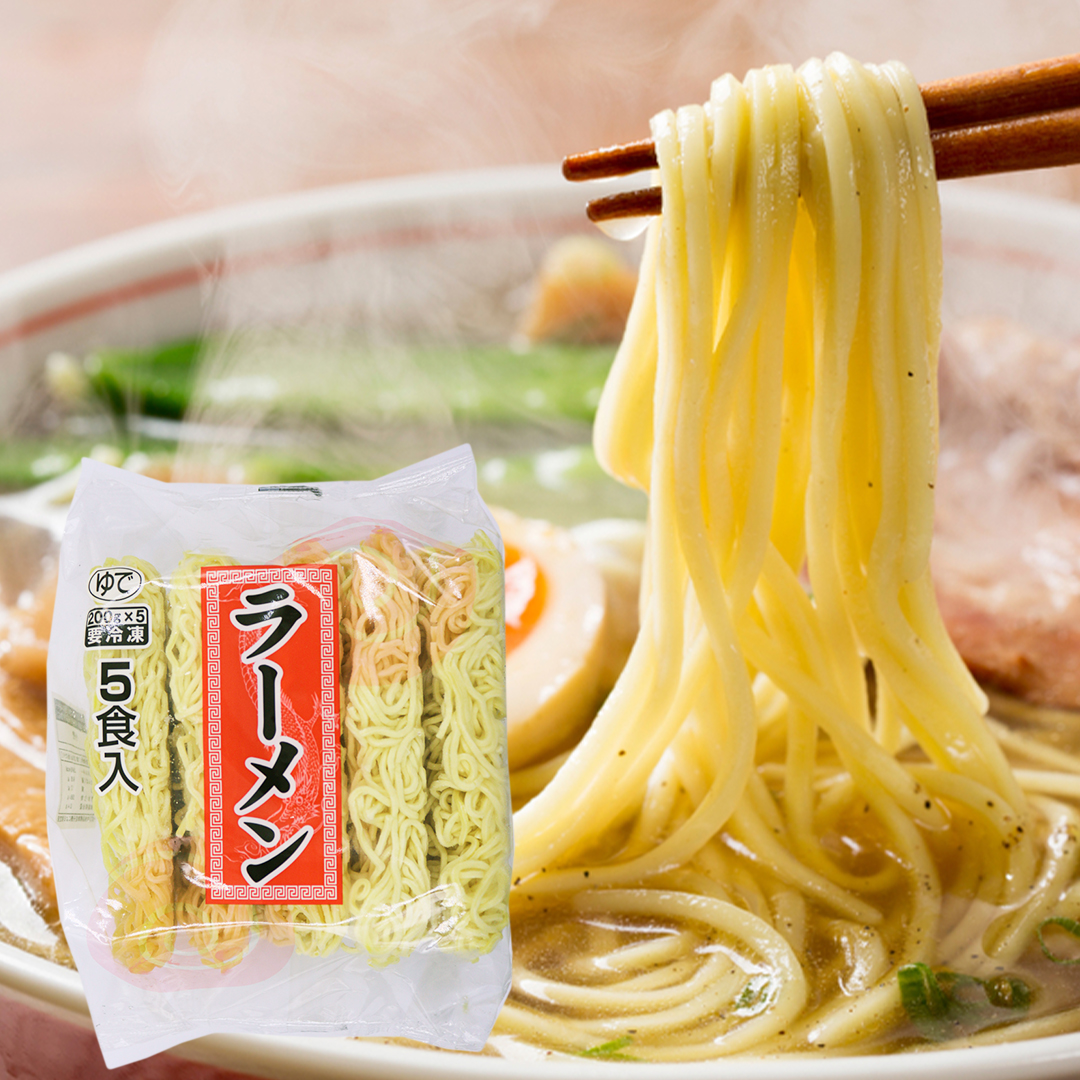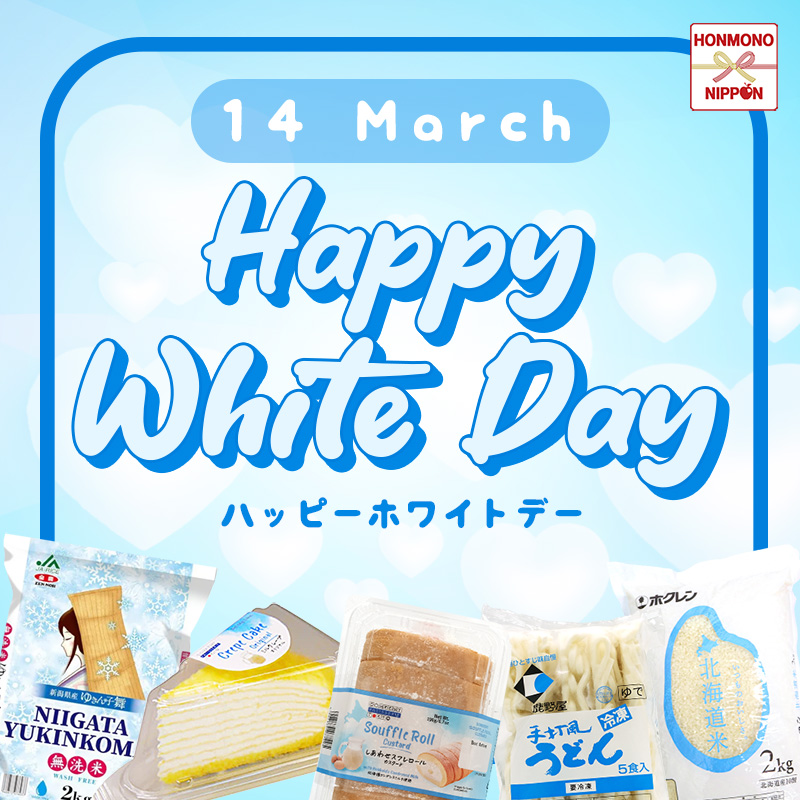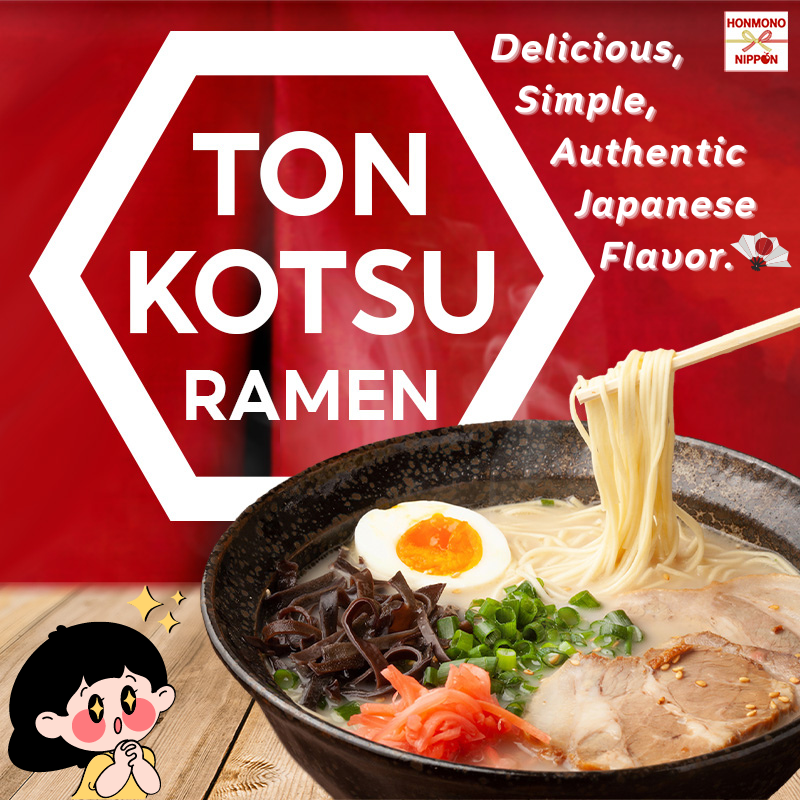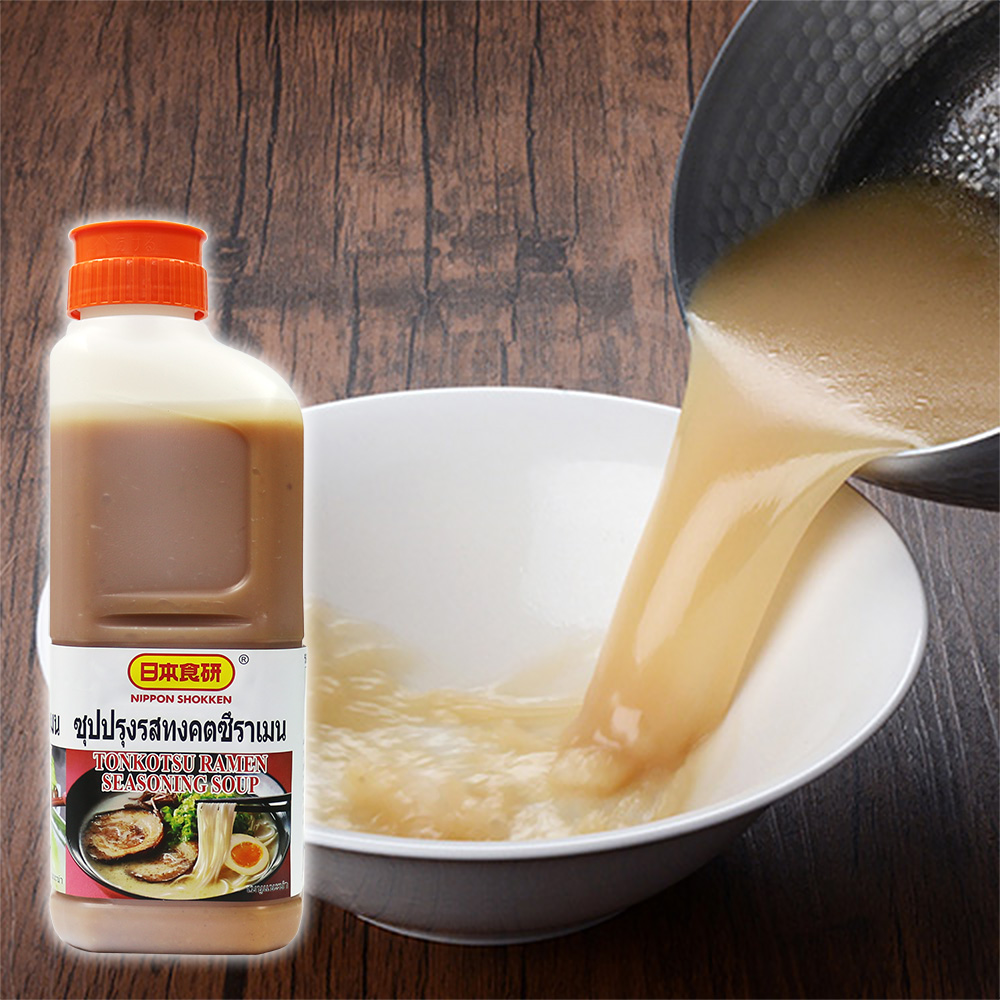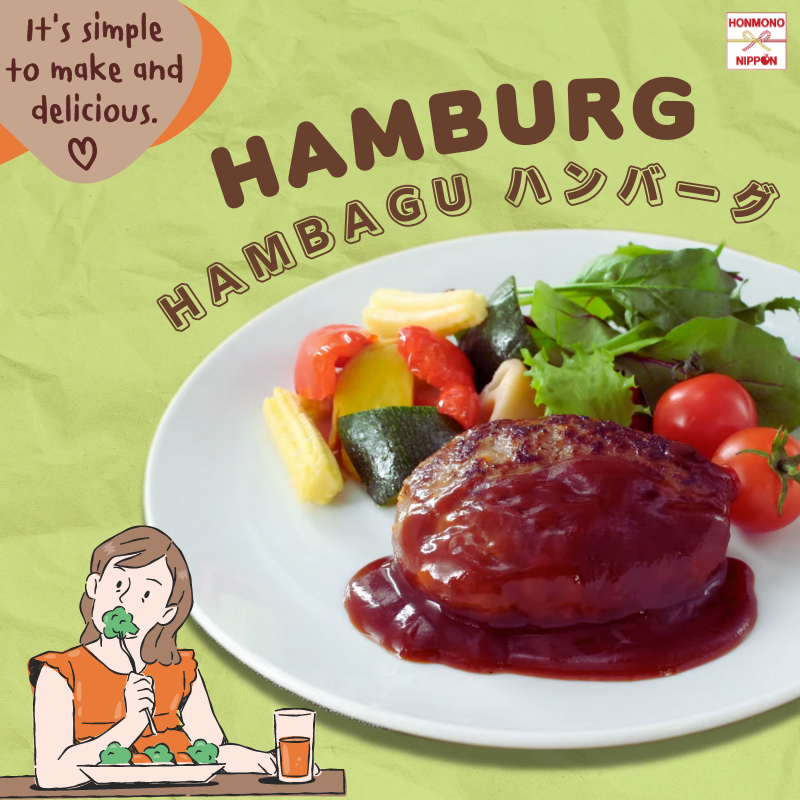Knowledge
April 3rd – Ingen Mame Day~~~(いんげん豆の日, Ingen Mame no Hi)
Beans are extremely popular in Japan. They designate April 3rd of each year as “Ingen Mame Day”, in honor of the bean, which is known as a vegetarian food and also a plant that is full of numerous health advantages such as: Help reduce the incidence of cardiovascular disease, reduce the risk of various cancers, rich in antioxidants, high in fiber and help control blood sugar levels to an appropriate level, etc. The beginning is from a story that a Zen monk brought a bean plant from China to grow in Kyoto in 1654. The bean plant lived for 19 years, passing away on this day in 1673.
#วันนี้วันอะไรกับฮอนโมโนนิปปอน #Honmononippon #ฮอนโมโนนิปปอน #คิดถึงอาหารญี่ปุ่นคิดถึงฮอนโมโนนิปปอน #วันแห่งถั่ว #Ingenmame
Various types of cold noodles are unquestionably popular summer dishes in Japan. It doesn’t matter if it’s ramen, soba, somen, or udon that can be eaten cold as well. The cold noodles menu has a variety of toppings or soup variations, such as Hiyashi Chuka, Nagashi Somen, Zaru Soba, and Tanuki Udon, for which we will present the method today to be a cool-down menu for everyone to enjoy.
Tanuki udon is udon served in hot dashi broth and topped with fried tempura crunchy scraps (tenkasu), but in the summer, this dish is often served cold for refreshment. There are several theories as to why this dish is called Tanuki, which means Japanese raccoon dog. One of them is the result of a play on the word “Tanenuki” (タネ抜き), which means no filling and refers to empty tempura crunchy scraps (tenkasu), which was distorted into the word Tanuki in the end. Each region of Japan has its own distinct style of tanuki udon.
We’ve had a brief introduction to Tanuki Udon. Let’s prepare the ingredients and start making this menu.
Ingredients (for 2 servings)
• 2 blocks of udon noodles (if using dry noodles, use about 200g; if using fresh or frozen noodles, use about 400g)
• about 160 ml. mentsuyu sauce or instant concentrate cold noodles soup (80 ml./1 serving)
• Water for mixing the sauce according to the recipe specified on the bottle
• Ice for washing the udon noodles and putting them in the cold noodles soup.
• 1 piece of radish (about 5 cm.)
• 2 tablespoons of dried wakame seaweed
• 8 tablespoons of Tenkasu
• 1 onsen egg or boiled egg (cut in half)
• 1 bit of Japanese cucumber
Ingredient preparation
• Udon noodles: Bring water to a boil. If using fresh or frozen noodles, bring them to a boil for about 1 minute. In case of using dry noodles, boil according to the directions on the packet. Stir constantly to prevent the lines from sticking together. When the noodles are cooked, immediately put them in a bowl of ice and water. When the noodles have cooled, drain the water and set them aside.
• Japanese cucumber: Slice into thin slices, then cut into small strips, and set aside.
• Radish: Peel the radish, scrape and squeeze out the water, and set aside.
• Wakame: Soak dried wakame for 15 minutes in water, then rinse thoroughly, squeeze out water, and set aside.
• Mentsuyu: Pour the instant concentrate cold noodles soup or mentsuyu mixed according to the directions on the bottle into a bowl. Put some ice in it.
March 27th – Sakura Day~~~(さくらの日, Sakura No Hi )
Cherry blossoms are one of Japan’s symbols. Many of you are probably familiar with the Hanami festival, which takes place during the cherry blossom season. This festival takes place from mid-March to the end of April. In addition to a cherry blossom festival, The Japan Sakura Association (日本さくらの会) has designated March 27 of every year as Sakura Day. To commemorate the blooming of the cherry blossoms, which are typically at their peak on this day. It is also synonymous with wordplay in Japanese. Because the word “sakura” (さくら) = 3×9 equals 27.
#วันนี้วันอะไรกับฮอนโมโนนิปปอน #Honmononippon #ฮอนโมโนนิปปอน #คิดถึงอาหารญี่ปุ่นคิดถึงฮอนโมโนนิปปอน #วันแห่งซากุระ #Sakuraday
Delicious with Natto Chahan (Japanese-style natto fried rice), a simple menu for beginners learning to eat Natto (Japanese fermented soybeans), one of the superfoods rich in nutrition. Whether vitamin B12, vitamin K, antioxidants, and probiotics aid digestion and improve stomach and intestine function.
Japanese people love to eat natto, especially for breakfast. It is a nutritious food that you should not overlook. For this menu, whether you choose to use small soybeans natto, middle ones, large ones, or chopped ones, it can be delicious as well. Let’s go prepare the ingredients and try to follow along.
Ingredients (for 1 serving)
• 2 Eggs
• 1 Box of natto (about 50 grams)
• 2 Bell peppers
• 1 tablespoon Sesame oil
• 250 g Japanese cooked rice
• Soy sauce, salt, pepper for seasoning
How to cook.
1. Chop bell peppers.
2. Mix natto with natto sauce.
3. Beat eggs in a bowl and add natto and green peppers.
4. Pour oil in a frying pan and stir fry the egg mixture.
5. Stir fry until natto becomes less gooey.
6. Add rice and stir fry. Season with soy sauce, salt, and pepper to taste.
7. Stir until everything is well combined, then scoop onto plates and serve with miso soup and your favorite salad.
Related products:
Source: ChefJACooks
#เมนูง่ายๆสไตล์ฮอนโมโนนิปปอน #Honmononippon #ฮอนโมโนนิปปอน #คิดถึงอาหารญี่ปุ่นคิดถึงฮอนโมโนนิปปอน #NattoChahan #Natto #Chahan #FriedRice #ข้าวผัดนัตโตะ #นัตโตะ #ข้าวผัด
Yakisoba is one of the foods usually sold at festivals in Japan and you can easily find it at convenience stores or Japanese restaurants in general. Although this dish is called yakisoba, the noodles used are usually Chinese yellow noodles or ramen noodles. Lightly sear on the pan and stir fry with the sauce and other ingredients until resulting in fried noodles that look appetizing, the taste is salty, sweet, mellow, delicious, and pleasing to both children and adults. Today we’d like to show you how to make a simple yakisoba menu. Let’s get this party going. ~~~
Ingredients (for 1 serving)
• Cabbage (shredded) 100 g
• Pork belly 3 pcs. (about 40 g)
• 1 block of Chinese yellow noodles or ramen noodles (150-200 g)
• Yakisoba sauce 50 g (can adjust the amount of sauce for concentration as desired)
• Tempura Crunchy Scraps (Tenkasu) 10 g
• Aonori seaweed for topping.
• Other ingredients as desired, such as bean sprouts, squid, shrimp, etc.
How to cook.
1. Preheat a pan with medium heat. Loosen the noodles and stir-fry them for about 5 minutes.
2. Place the noodles on a plate and set aside.
3. Stir in the pork belly, which has been cut into bite-sized pieces, for about 1 minute.
4. Put the cabbage, tempura crunchy scraps, and noodles, respectively, and stir-fry for 2-3 minutes until well combined. Allow the steam to evaporate and slightly scorch.
5. Add your favorite yakisoba sauce and stir quickly until the sauce thoroughly coats the ingredients.
6. Pour onto a plate and top with aonori seaweed powder. Serve immediately.
Related products:
Source: Otafuku
#เมนูง่ายๆสไตล์ฮอนโมโนนิปปอน #Honmononippon #ฮอนโมโนนิปปอน #คิดถึงอาหารญี่ปุ่นคิดถึงฮอนโมโนนิปปอน #Yakisoba #ยากิโซบะ
March 14th – White Day~~~(ホワイトデー)
I’m sure most people have heard of White Day. This special day is dedicated to responding to Valentine’s Day. Let’s look at the history, significance, and activities of the Japanese on this day.
White Day is believed to have originated in 1977-1978 with a Fukuoka-based confectionery company, Ishimura Manseido. An executive read a letter in a letter in a women’s magazine that stated, “Men receive chocolates from women on Valentine’s Day. But why do women receive nothing in exchange? Whether it’s handkerchiefs, candies, and even marshmallows…” (Valentine’s Day is a day when women give chocolates and gifts to others in Japanese tradition.) As a result, come up with a marketing strategy and have female employees in the company vote on the day they want to be “Return Gift Day”. They all agreed to make it March 14, one month after Valentine’s Day, and name it Marshmallow Day itself. The company has created a new especially dessert for this day, white marshmallows filled with chocolate. This means that “I take the chocolate I received from you, wrap it up with my white heart.” The name was later changed to White Day to be more open-ended, and it became popular throughout Japan around the 1980s, and this tradition is also used in other countries in Asia.
On White Day, it is a Japanese tradition for the man who receives a Valentine’s Day gift to prepare a gift to thank and reciprocate the woman. Whether accepting or denying that feeling. If they accept love, the gift must be three times the value of whatever they had received prior. Each gift given to the woman carries a connotation. As an example:
• Marshmallow – means “I can’t reciprocate your feelings” or “I don’t like you” because marshmallows melt quickly, conveying unsustainable love.
• Cookies – means “Let’s be friends”, because most cookies are crunchy and break easily, and they come in a variety of ingredients and flavors. It is like a relationship that is not strong and is a normal relationship that doesn’t feel anything special.
• Candy – means “I love you” because candy is a sweet dessert that remains sweet after melting and leaves a sweet taste in your mouth, conveying a long-lasting love.
• Macaron – means “You are my priority,” because macarons are difficult to make and expensive. Giving implies that you are special.
Knowing this, if anyone is going to give a gift on White Day, remember to choose carefully so that the meaning is not distorted from what you want to communicate. Alternatively, you may choose to give other items such as clothing, accessories, or bags as well. I wish you all happiness and fulfillment. on White Day.
Tonkotsu ramen is well-known among those who fall in love with Japanese noodle dishes. Ramen in a milky white broth with fragrant pork bone and a mellow umami flavor. It is another popular type of ramen in Japan and other countries. Tonkotsu ramen originated on the southern Japanese island of Kyushu. We recommend that anyone who enjoys intensely delicious food not miss out on this bowl. We can now make Tonkotsu ramen at home in a very convenient and quick manner without having to spend hours stewing many pork bones. Let’s get this party started. ~~~
Ingredients (for 1 serving)
• 25 g Tonkotsu ramen seasoning soup (can adjust the amount of soup for concentration as desired)
• 300 ml Hot water
• 200 g Fresh frozen ramen noodles
• Water for blanching the ramen noodles.
• Additional side dishes such as Chashu sliced pork, pickled ginger, sliced green onions, black fungus, bean sprouts, Menma bamboo shoots, seaweed sheets, boiled eggs, and so on.
How to cook.
1. Pour the rich Tonkotsu soup into the bowl.
2. Add 300 ml of hot water into a bowl, and stir well.
3. Bring the water to a boil, then add the fresh frozen ramen noodles and cook for about 1-2 minutes, draining well. (to get the softness that you like you can adjust the time as needed)
4. Put the ramen noodles in the soup bowl.
5. Put your favorite side dishes on top and serve.
Related products:
Source: Nihon Shokken
#เมนูง่ายๆสไตล์ฮอนโมโนนิปปอน #Honmononippon #ฮอนโมโนนิปปอน #คิดถึงอาหารญี่ปุ่นคิดถึงฮอนโมโนนิปปอน #TonkotsuRamen #Tonkotsu #ทงคตสึราเมง #ทงคตสึ #ราเมง
